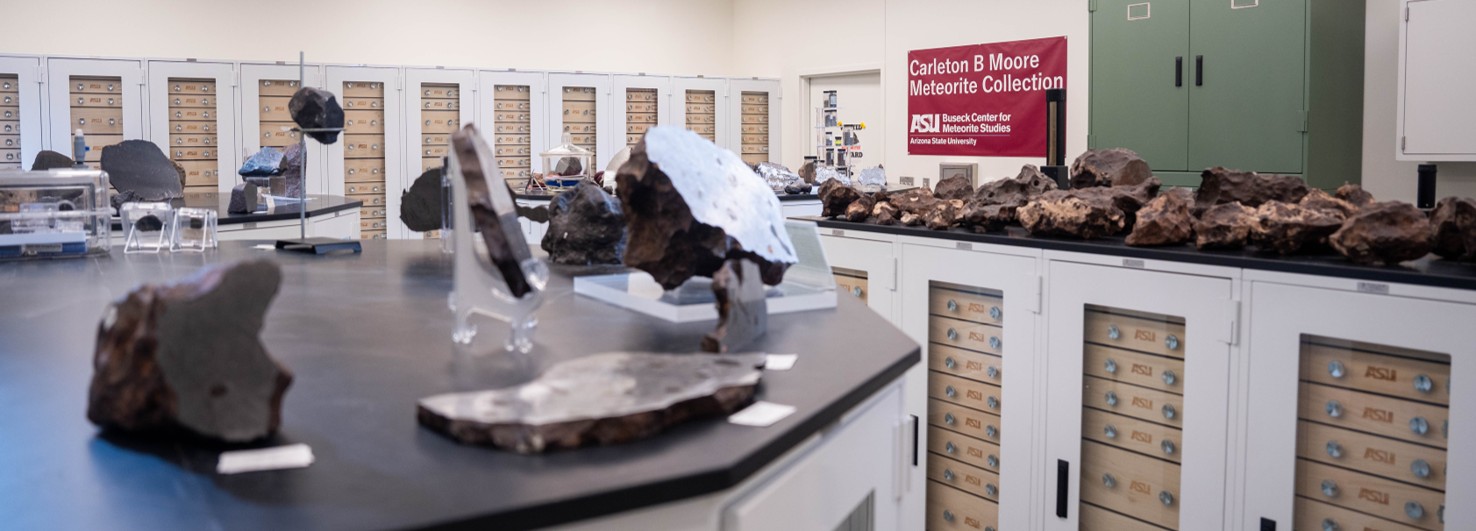
Rendezvous with a Comet!The European Space Agency's Rosetta spacecraft has arrived at Comet 67P/Churyumov–Gerasimenko! Launched in 2004, Rosetta has spent the last ten years travelling the 405 million kilometres (just over 251 million miles) between Earth and the spacecraft's cometary destination. New photos of the comet, taken by the onboard OSIRIS camera, have already provided detailed images of… |
Did Stars Fall on Alabama?A large fireball has exploded over Alabama! The meteor was witnessed the evening of August 2nd by observers on the ground, as well as NASA's All Sky Fireball Network cameras. NASA has since confirmed that a meteoroid approximately 15" long broke apart over the town of Henagar, AL, with a large fragment travelling as far… |
The Perseid Meteor Shower: One of the greatest shows on Earth!While the annual Perseid meteor shower is at its peak August 11-13, you can take in the show a little early this year! At the shower's height, you can expect as many as 60 meteors per hour in the pre-dawn hours (fewer in urban areas), but NASA's All Sky Fireball Network of cameras has already… |
Homecoming 2014 – Save the Date!Join the Center for Meteorite Studies for the 2014 Homecoming Block Party! Saturday, Nov. 1st, time TBD Old Main, on the Tempe Campus On Saturday, November 1st, come out for the ultimate pre-game celebration! Homecoming festivities begin with a parade followed by the block party filled with food, fun, entertainment, and more. This year ASU… |